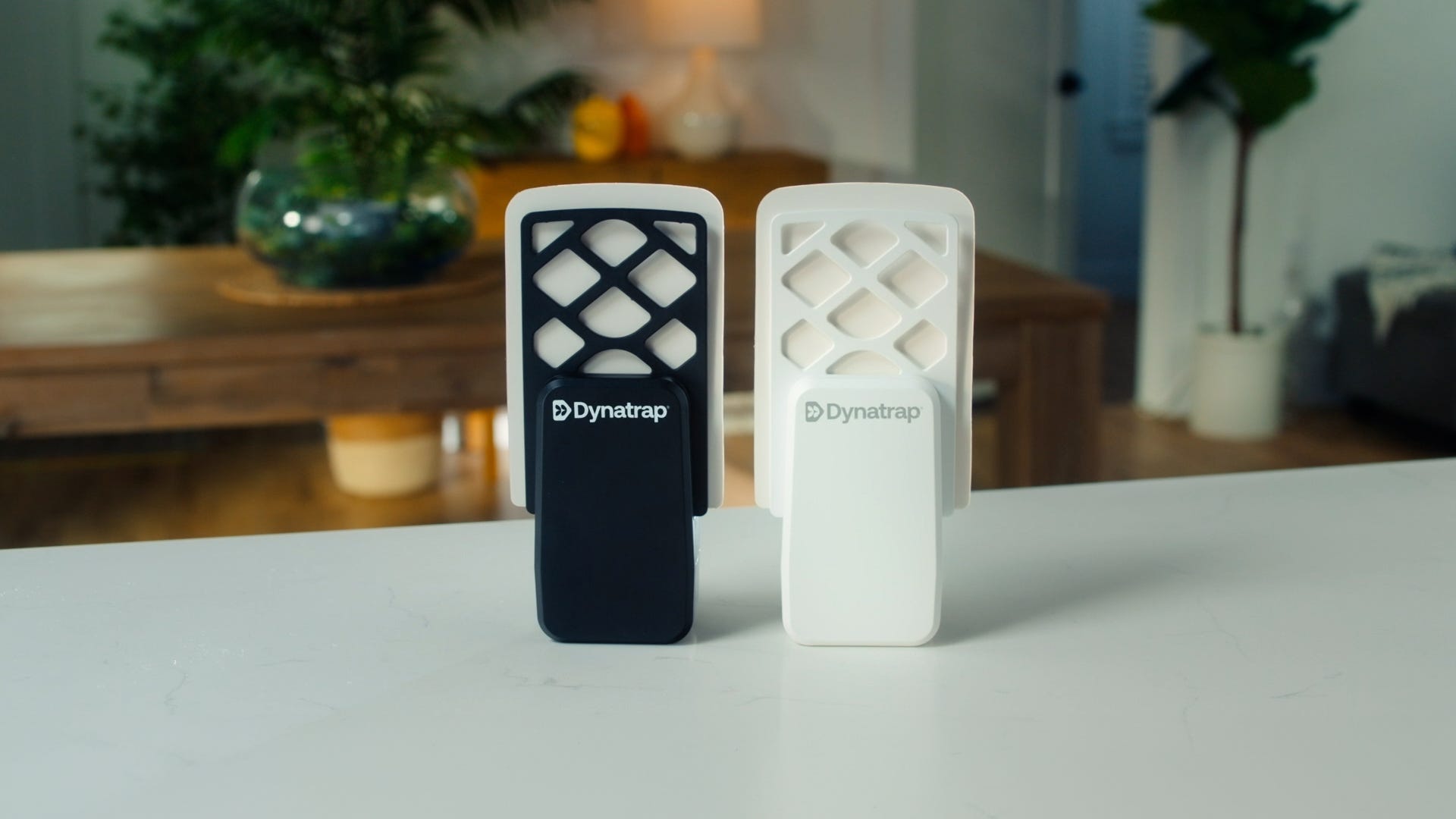
Few things are more annoying and stressful than knowing there are flying insects in your home but not being able to catch them. Your home is the place where you can relax and just be. The last thing you want to do is share it with flying pests. That's where Dynatrap® Indoor Traps come in. We've compiled a guide for ynatrap® Indoor Traps, so you can know exactly where to place them, how to use them, and everything in between.
No more letting the buzzing, whining, droning misery of flying insects disturb your relaxation time. Dynatrap® Indoor Insect Traps attract, trap, and kill fruit flies, house flies, moths, gnats, and more, so you can reclaim your indoor spaces once and for all. Other insect traps can be unsightly and tend to offer only the most basic of features. Dynatrap® Indoor Insect Traps hide powerful bug-trapping technology within a discreet and unassuming exterior that will seamlessly blend in with your décor.
How Dynatrap Indoor Insect Traps Work
Much like the outdoor counterparts, Indoor Insect Traps use insects’ instincts against them to effectively attract and trap them. Each indoor trap features an LED bulb that emits UV rays. This attracts flying insects towards the trap and away from areas you wish to protect, day and night. Once drawn to the device, the glue card securely traps them and holds insects in place until the time of disposal. The best part? With each of our Dynatrap® devices, trapped insects are hidden from view, so you'll never have to see them. And no one ever has to know you're battling insects.
Choosing the Best Location for Indoor Traps
The more coverage you have throughout your home, the less likely you’ll suffer through an insect infestation. Chances are you’ve noticed several areas where insects tend to gather. For the best results, place your indoor insect traps wherever you see insects - near houseplants, exterior doors, pet areas, in kitchens, garages, bedrooms, and other areas of your home.
Be sure to place the traps several feet away from where you typically sit or stand for longer periods of time as the trap will attract insects toward it. Insects may decide to bite or annoy you on their way to the trap, so it’s best to minimize the likelihood of that happening. If you want insects to avoid a certain area, place traps several feet or even a room away from those areas so insects travel towards the light of the trap and away from the spaces you wish to protect.

How Often Should Traps Be Emptied?
Indoor traps are easy to empty. When the glue cards are full of insects or when dust or debris minimizes the card’s stickiness, it’s time for a fresh card. We recommend changing the glue card every 30 days. Simply pull the old card out, dispose, and insert a fresh glue card.
You never know just how valuable something is until it’s not there when you truly need it. Having replacement glue cards on hand when you run out is essential, especially during peak insect season. Having extra cards ready to use means you never have to suffer through breaks in flying insect protection.
We’re happy to help. Don’t hesitate to reach out on our Facebook page with any questions, insect stories, or you can simply join our community! Don’t forget to sign up for our e-newsletter to stay updated on new products as well as exclusive sales and coupons.





